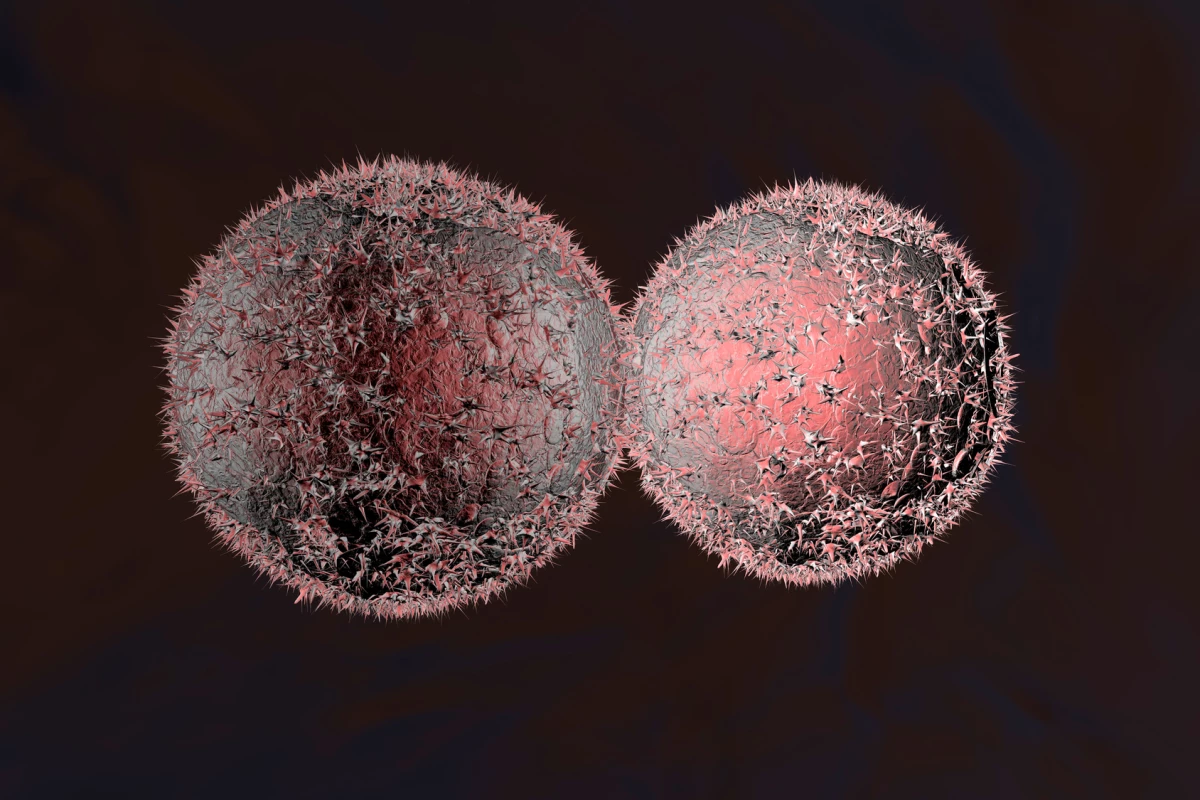Killing cancer cells isn’t particularly hard – the tricky part is doing so without harming healthy cells. Researchers at Ludwig Maximilian University of Munich (LMU) have developed nanoparticles that selectively release drugs inside tumors, while keeping them safely locked away when in healthy cells.
Currently, radiation and chemotherapy are the leading treatments for cancer, but as anyone who’s gone through that (or knows someone who has) will tell you, it’s not a pleasant process. Healthy cells are also affected, which can cause system-wide sickness and pain.
Scientists are trying to make cancer drugs and treatments more picky about their targets, by focusing on what makes cancer cells different to healthy ones. Sometimes it involves using the more acidic environment they create to trigger lethal chemical reactions, hijacking the methods they use to grow quickly or repair their DNA, or even finding the specific ultrasound frequency that can vibrate their membranes to the point of rupturing.
For the new study, the LMU researchers developed new nanoparticles that only release their drugs inside cancer cells. The particles are amorphous, porous, and encapsulated in a lipid layer. All together, that means they’re easily taken up by cells without triggering an immune response.
Once inside, the lipid layer breaks down, releasing the drug payload that consists of calcium and citrate. Previous studies have shown that these compounds kill cells when delivered directly into them.

But the key, of course, is selectivity. While the particles are taken up by both healthy and cancerous cells alike, the lipid layer only breaks down inside tumors. The team aren’t even entirely sure why that’s the case, but in tests on cultured cells and in living mice they found that some cancer-specific mechanism ruptures the outer membrane and causes the toxic compounds to leak out. Meanwhile, in healthy cells the compounds remain locked up, eventually passing into the extracellular matrix to be flushed out.
“The highly selective toxicity of the particles made it possible for us to successfully treat two different types of highly aggressive pleural tumors in mice,” says Hanna Engelke, co-author of the study. “With only two doses, administered locally, we were able to reduce tumor sizes by 40 and 70 percent, respectively. Clearly, the particles can be highly toxic to cancer cells. Indeed, we found that the more aggressive the tumor, the greater the killing effect.”
The treatment also showed no signs of serious side effects after two months. The team says this method could be particularly useful for cancers that grow in the pleural cavity – the thin, fluid-filled gap that surrounds the lungs. It’s a common location for lung cancer to spread to, and it’s difficult to treat with surgery or chemotherapy.
Of course it’s still early days for this kind of research, having so far only been tested in cell cultures and mice. But it’s an interesting new mode of attack.
The research was published in the journal Chem.




